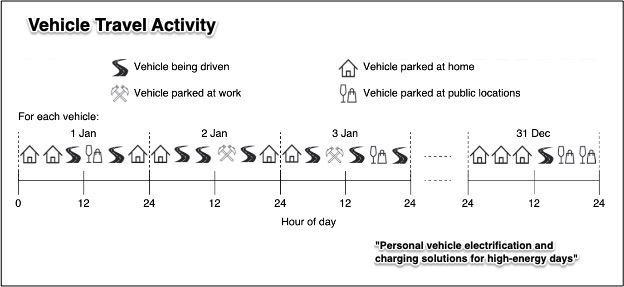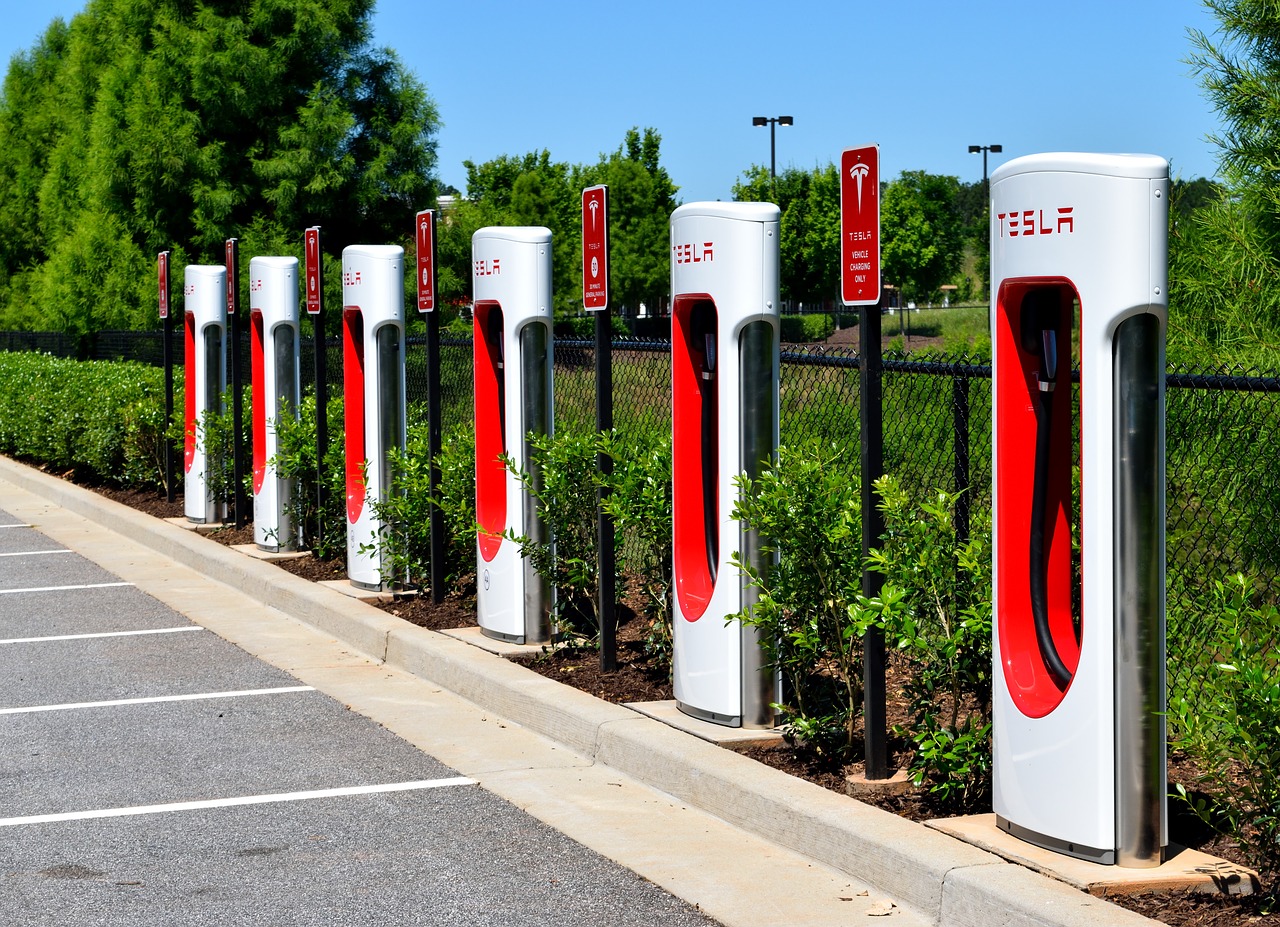During her four day EV trip from New Orleans to Chicago and back, WSJ reporter Rachel Wolfe drove a brand new Kia with a 310 mile battery range. Because the trip was close to 2,000 miles, she planned on one or two charges each day and a plug in overnight at the hotel.
It did not quite work out that way.
EV Charging Stations
Her first problem was the proliferation of Level 2 public chargers that take eight hours for a full charge. The alternatives were the fast charging stations that take less than 30 minutes for an 80 percent charge. While the government plans to build thousands across the country, for now, she needed to go to gas stations, suburban shopping malls, or car dealerships.
As for cost, the tradeoff made sense. Charging for the 2,000 miles cost her $175. Gas would have been $275. But that all depends on how much you value your time. She spent 18 hours on charging. Her comment? Not all fast chargers are fast. Worse still, some charging stations are miles from the restaurants they looked for during a charge. They also had the problem of driving conditions depleting the battery when no fast charger was nearby. Consequently, they made an unexpected stop for a 3-hour slow charge. Planning ahead, she was told the charger was broken at a McDonald’s on their route.
You get the picture. This was her summary:

The reporter’s journey did not take her near California or the mid-Atlantic East Coast, the states with the most charging stations:

And the most EVs:
Our Bottom Line: Transportation Infrastructure
When we add charging stations to our transportation infrastructure, we can only hope our city planners are aware of studies like the one we looked at in a previous econlife post. The study observed that during the day we drive and we park at home, at work, and at public locations. At each place, EV owners would need a dependable charging location. In residential areas, overnight public parking should have chargers. At each place, EV owners would need a dependable charging location. In residential areas, overnight public parking should have chargers. However, the diminished battery capacity of lower cost vehicles was a consideration. Just 12 percent of the cars in the Seattle data met their energy needs from home charging. That meant using work charging stations and having high speed highway charging capability. As for “ubiquitous” public parking chargers, they said it would be too expensive:

Car and Driver tells us that EV registrations are up 60 percent. Still though fast charging stations need 8 to 10 charges a day for a sufficient return. Remembering where we began with our WSJ reporter, we can ask if we have a classic chicken and egg situation. Now EVs occupy a 4.6 percent share of the auto market.
Which will come first, the charging stations or the EVs?
My sources and more: Thanks to Cary for alerting me to the EV travel saga. From there, I realized it was time for an update of past EV posts though two WSJ articles, here and here. Then, in our past post, we looked at this Nature report and some of my DOE Facts of the Week.







